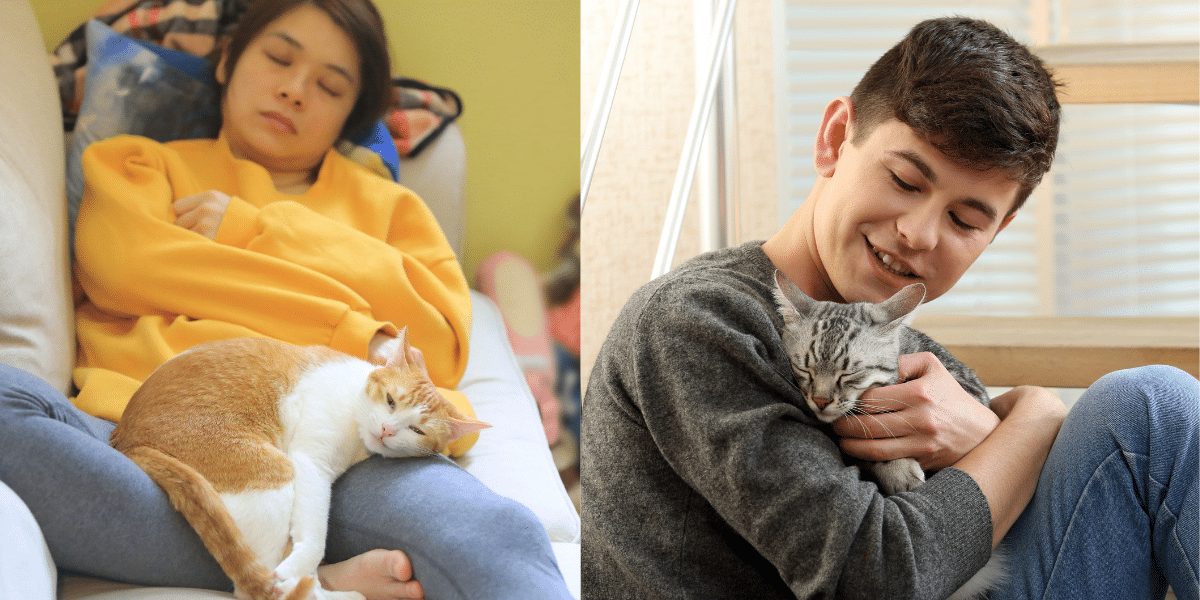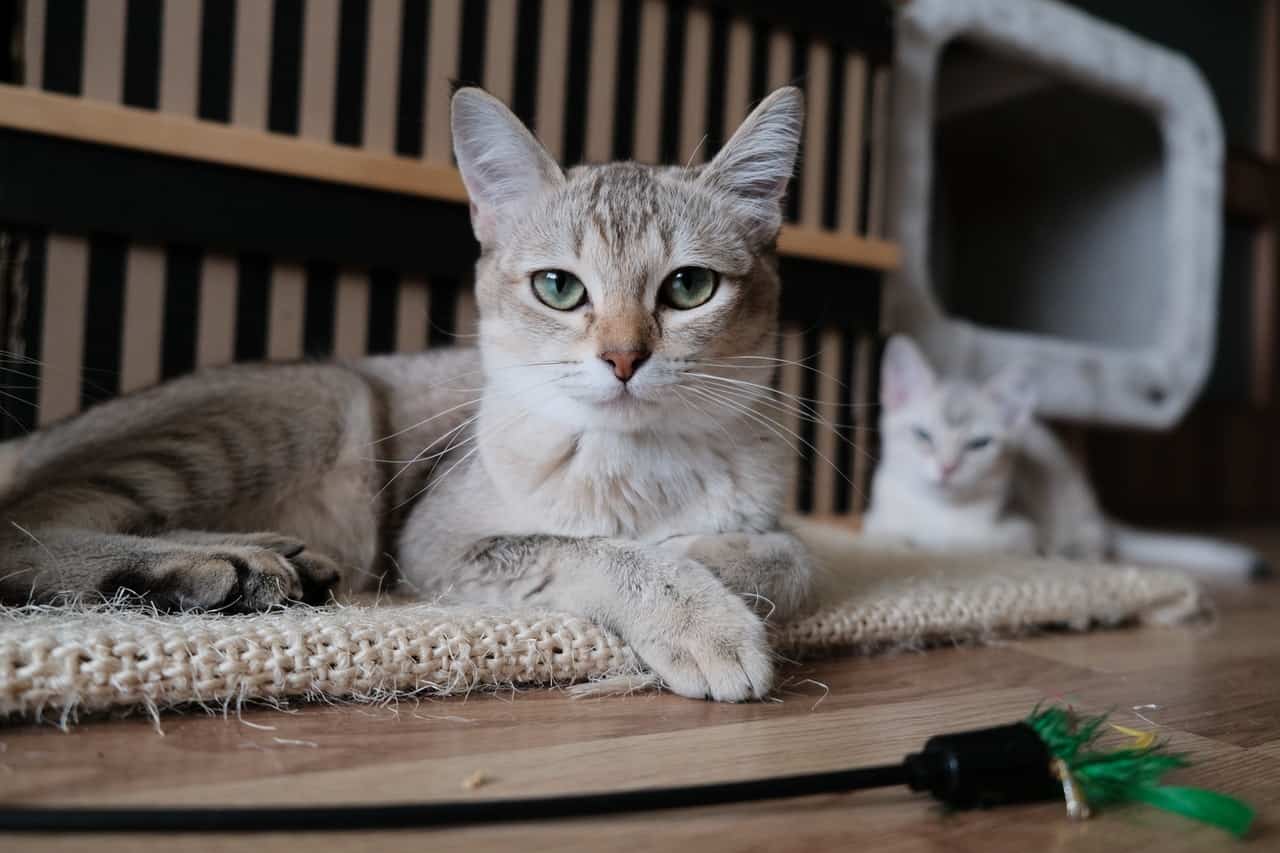How Cats Sense and Respond to Human Emotions Explained
Cats are fascinating creatures with unique ways of perceiving the world around them. They may seem aloof at times, but they have a remarkable ability to sense human emotions. Whether you’re feeling joyful or downhearted, your feline companion can pick up on your mood. But how exactly do cats interpret our emotions, and how do they respond?
How Do Cats Sense Human Emotions?
Cats rely on their well-developed senses to understand their environment, including the emotions of their human companions. These intelligent animals use their keen observational skills, listening abilities, and even scent detection to pick up on clues about human feelings.
Cats Recognize Vocal Cues
One way cats detect human emotions is through changes in our voice. They have sensitive hearing that allows them to pick up on tone variations, volume, and pitch. A gentle, soothing voice often makes a cat feel calm, while loud or angry tones may cause them to hide.
When humans raise their voices due to frustration or stress, cats may interpret this as a sign of danger and retreat to a safe space. On the other hand, if they hear soft, affectionate tones, they may respond by purring, kneading, or rubbing against their owner.
Facial Expressions and Body Language
Cats are also skilled at reading human facial expressions. A study by Jennifer Vonk and Moriah Galvan revealed that cats can distinguish between positive and negative facial cues. When their owners smile, cats may exhibit affectionate behaviors like head-butting, rubbing, or purring.
Body language also plays a crucial role. Quick, agitated movements may signal stress or anger, prompting cats to back away. Slow, deliberate movements reassure them that their human is relaxed and approachable.
Cats Can Smell Emotional Changes
Beyond visual and auditory cues, cats have an extraordinary sense of smell that allows them to detect emotional changes in humans. When we experience stress, sadness, or anxiety, our bodies release different pheromones and hormones, which cats can detect.
Some feline companions will react to these scent changes by becoming more affectionate, while others may keep their distance if they associate a particular scent with negative situations.
How Do Cats Respond to Human Emotions?
Every cat responds differently to their human’s emotional state, depending on their personality and past experiences. However, here are some common ways felines react:
- Providing Comfort: Some cats naturally seek out their owners when they sense distress. They may curl up beside you or gently nuzzle your face to offer comfort.
- Increased Playfulness: If a cat senses happiness, they may respond with playful behavior, such as chasing toys, pouncing, or rolling around in excitement.
- Hiding or Retreating: If a cat detects high-stress levels or frustration in their owner, they may choose to hide under furniture or retreat to their favorite safe spot.
- Mimicking Moods: Cats tend to match the energy levels of their owners. If you are calm and relaxed, they are more likely to lounge near you; if you are excited, they might follow you around eagerly.
Do Cats Comfort Their Owners?
Cats are often misunderstood as being aloof, but many felines are highly sensitive to their owners’ feelings. Studies indicate that some cats intentionally provide comfort by engaging in behaviors such as:
- Purring: The soothing vibrations of a cat’s purr can help humans relax and reduce stress levels.
- Kneading: Cats often knead soft surfaces, including their owners, when they feel content and want to share their positive emotion.
- Following Their Owners: If a cat notices their human is sad or not feeling well, they may try to stay close as a sign of companionship.
While cats may not express emotions in the same way dogs do, their unique methods of comfort and bonding show that they care deeply about their human companions.
Final Thoughts
Cats are incredibly attuned to human emotions, often sensing and responding to their owners’ moods through vocal cues, facial expressions, body language, and scent. Whether they choose to comfort, play, or give you space, these intelligent animals understand us far more than we might expect.
Understanding how your cat perceives and reacts to your emotions can help strengthen the bond between you and your feline friend. So next time you’re feeling down, pay close attention—your cat may be trying to show you that they’re there for you in their own special way.










Facebook Comments